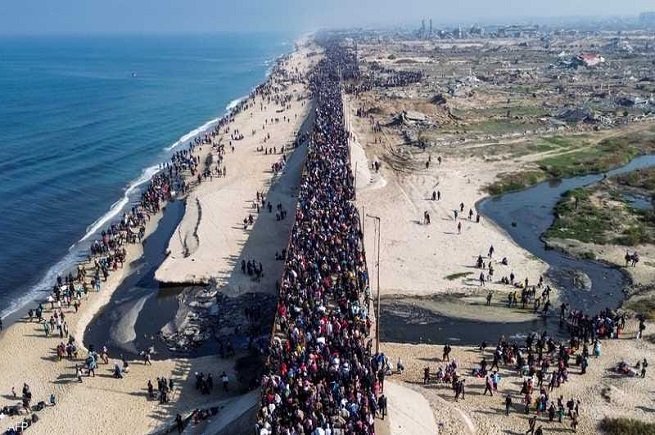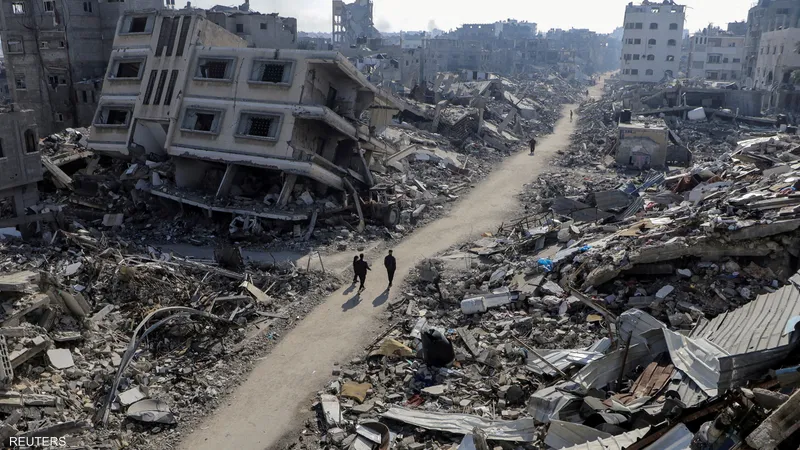Possible Scenarios for Governing Gaza Post-War
Over the past 16 months of conflict in Gaza, politicians and analysts have discussed various proposals regarding who will govern the region post-war, but no clear option has emerged yet.
As Israel and Hamas prepare for negotiations to extend the ceasefire, four competing models for Gaza’s future are beginning to take shape, according to The New York Times. Despite its weakened state, Hamas still controls most of the territory and is attempting to solidify that control. Under the terms of the ceasefire, Israel is supposed to gradually withdraw from Gaza, yet its forces still occupy key parts of it.
Per The New York Times, it remains unclear which model will prevail in Gaza, with outcomes likely heavily influenced by U.S. President Donald Trump, who is set to discuss Gaza’s future with Israeli Prime Minister Benjamin Netanyahu in Washington on Tuesday.

Here are the four governance models outlined by The New York Times:
Hamas Governance
When Hamas released hostages in recent weeks, it was keen to show that it remains the dominant Palestinian force on the ground. For most Israelis, long-term Hamas presence is unacceptable. Some might tolerate it if Hamas agrees to release all remaining captives held in Gaza. However, others, particularly in Israel’s right-wing, favor resuming war, even at the cost of some hostages’ lives, to force Hamas out.
Israeli Governance
To achieve this, Netanyahu would need the support of the Trump administration, which has signaled a desire to see the ceasefire extended to facilitate the release of all hostages. To end the war and secure the release of all hostages in Gaza, Israel would ultimately need to vacate the area. However, this is unacceptable to Netanyahu’s coalition, potentially leading to an extension or even expansion of Israeli occupation to prevent his government from collapsing.
International Governance
Currently, coordination in Gaza involves active international elements like Egypt and Qatar. Some Israeli officials suggest this coordination could be expanded to include administrative roles across a broader region, backed by open and financial support from leading Arab nations.
Palestinian Authority Governance
Quietly, representatives from the Palestinian Authority have begun working in another part of Gaza over the weekend, suggesting that parts of the Israeli leadership might be more flexible regarding the PA’s involvement. Israel has allowed officials from both the European Union and the Palestinian Authority to resume operations at the Rafah crossing.
Operations at Rafah have sparked speculation that under pressure from Trump and Arab leaders, Netanyahu might accept a larger role for the PA in Gaza, possibly in partnership with peacekeeping forces.
This complex situation in Gaza post-war shows no easy or immediate resolution, with the governance
model likely to be influenced by multiple international and local actors. The evolving scenario will be
critical to watch as peace talks progress.
Israel Building Military Bases in Demilitarized Zone on Syrian Border



